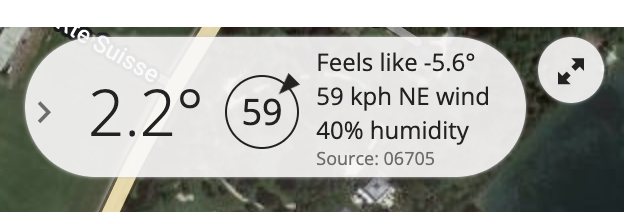Intro
On Cloudneo are shoes that you rent, rather than own. They are designed for running but you can also use them for walking. They are designed for dry, warm weather, rather than wet. They are designed to last from three months to six months depending on how quickly you wear them out. They are brilliantly white when new, but within two or three runs they lose their luminescence.
Circular – Use – Reuse
These shoes are designed to reduce the carbon footprint of the shoes we wear. They are made from beans, rather than petroleum based products. Once you’re done with a pair you send it back to the manufacturer, so that they are grounded back down and turned into a new pair of shoes. In theory you never own them. In practice they are just extremely easy to recycle.
Comfort When Running
I have run with them in heavy rain, sunny weather, through grass, mud and a river that was running down a road. I was so used to the trail glove 7 that I had to get used to normal shoes, and the difference in the feel and centre of gravity. I found that with these shoes my ankles rolled on uneven terrain. I attribute this to being used to barefoot shoes, rather than a design flaw.
With some running shoes I notice that I feel knee strain if I run too hard, or after a certain distance. I find that with these shoes my knees feel okay. I have run five or more kilometres several times.
Slippery when Wet
The shoes are designed for warm, dry weather so when you’re running in Switzerland, over slippery surfaces you will slip and show that you were a snowboarder or skier multiple times. They’re sub-optimal for rainy and muddy conditions. When it’s raining water will make its way through to your socks within seconds or minutes. The one advantage with these shoes is that they’re made from such minimal material that if they get wet they dry by themselves overnight, ready for the next day. Shoes that dry quickly don’t need to be waterproof because they dry fast.
Walking Comfort
Although they are not marketed or purposed as walking shoes I have used them on a variety of walks. They felt good until I tightened the laces. I could feel a pressure point where I had accidentally flipped the lace around. When I identified that this was the problem they were more comfortable to wear, once again. When I run up and down the stairs in this building they’re quieter than other shoes.
Mud Removal
Although the shoes are mediocre to bad in mud they are very easy to brush clean once you get home after a run or walk. This is important to me. In Autumn, Winter and Spring shoes can get very muddy. The lack of tread that makes them bad in the wet makes them great for cleaning. A few brush strokes and they’re clean, ready for walking indoors.
Cost
These shoes are designed to last for about 600 kilometres, as are most shoes, so if you run or walk a lot you will replace them sooner than every six months. After 45 days of use, but without a clear idea of distance, although at least 75 kilometres the only signs of wear are a slight loss of tread on the front of the shoe, and a discoloration on the rest of the shoe. Running in muddy and flooded conditions has that effect on shoes. If you walk and run 240 kilometres per month you will replace them within three months.
If you replace your shoes after three months they have cost you 105 CHF. If you replace them after six months they have cost 210 CHF. The more you walk and run in them, the sooner they need to be replaced, and the more rational they are to own.
Limitations
At the moment Cloudneo shoes are designed for running on asphalt, rather than mud or gravel. They’re good on dry surfaces but tend to slip on painted road surfaces and slick mud. If it’s raining your feet will get wet although despite running in 6°c temperatures my feet did not get cold.
Niche Use
I walk eight kilometres per day. This comes to 720 kilometres every three months. If I replace my shoes every three months then I go through four pairs of shoes per year. By using the Neocloud shoes for walking and running the shoes that I used for three months are recycled and reused for the same purpose.
And Finally
You have a month to see that the shoes fit. They prefer for you to test them for fit indoors, so that the shoes do not get dirty as this would result in them being recycled too early, rather than reused by someone without recycling. The minimum contract duration after the one month trial is six months which comes to 210 francs. If you use one pair per six months they cost that to own. If you replace them after three months this falls to 105 Francs.
It doesn’t bother me that shoes are not weatherproof but it does bother me that the sole doesn’t have grip on wet and muddy surfaces. Yesterday I slid several times walking out of the village. With other shoes I wouldn’t. They need to provide shoes that are good in wet and muddy conditions so that this becomes a year round solution, rather than in good road conditions.
These shoes are not worth 210 CHF, and at 105 CHF they’re still expensive compared to other options. I feel that this is a six month experiment, to experience high end running shoes but that when I can I will end the contract.










